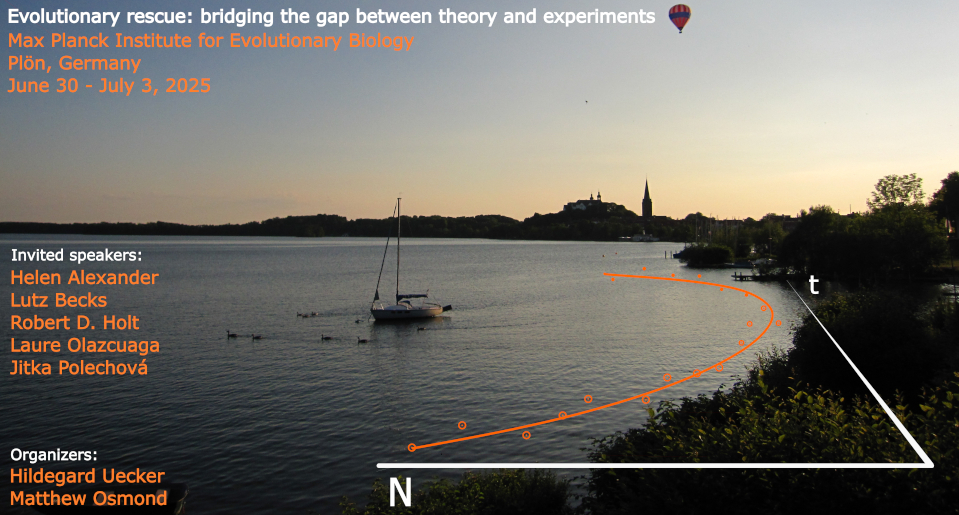Speaker
Description
Antimicrobial resistance represents a major threat to global health. The spread of resistance is essentially a consequence of evolutionary rescue: the use of antibiotics in medical treatment and animal husbandry can cause dramatic reductions in pathogen population size that may then be countered through evolutionary adaptation in the affected bacteria. Understanding the processes that underlie this undesired form of evolutionary rescue as well as associated trait changes can help us to optimize antibiotic therapy. Here, I will illustrate this rationale with examples from our work with the highly problematic human pathogen Pseudomonas aeruginosa. More specifically, our findings demonstrate that this undesired form of evolutionary rescue can be countered by the sequential administration of antibiotics, especially when: (i) one of the used antibiotics sensitizes the bacterial cells towards another applied antibiotic (i.e., negative hysteresis), (ii) evolution of resistance against one of the antibiotics causes a concomitant increase in susceptibility towards another antibiotic (i.e., collateral sensitivity), and/or (iii) the sequential treatment includes antibiotics with low rates of resistance emergence. A better understanding of the here outlined processes that constrain adaptive responses in pathogenic bacteria may also help us to improve strategies to prevent such undesired evolutionary rescue in parasites, pest species, or cancer cell lines.

